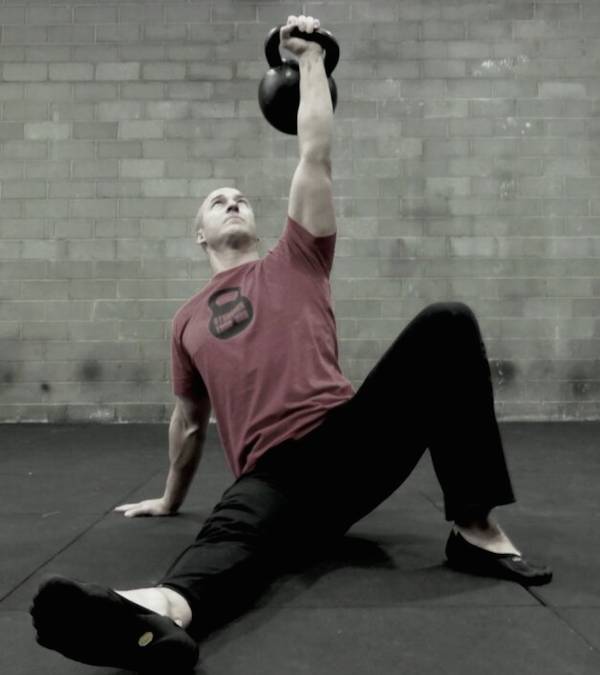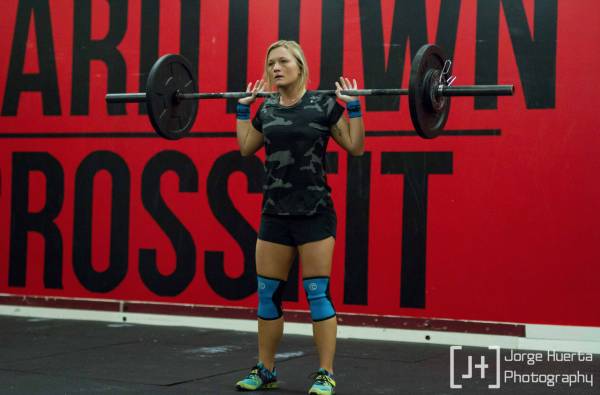In the world of sports performance, it’s often said that strength underpins everything we do. But is that really true? There’s no doubt athletes need to produce and absorb forces quickly and reactively. However, it’s not possible to force any more strength out of an athlete’s body’s than his or her nervous system allows. And yet coaches and trainers often do just that – demand more from their athletes with supersets.
Supersets don’t have to blast the nervous system. This is contrary to popular belief in a fitness industry that prioritizes working out over training. Coaches are in the business of coaxing performance from the nervous system – managing the process of giving as much as a sport requires as often as possible to get the fastest gains.
When the balance between stimulus and recovery is lost, supersets can become damaging to your athletes, your reputation, and potentially the bottom line of both the coach and athlete.
The Relationship Between Performance and Recovery
EXOS founder Mark Verstegen often states, “Recovery is the limiting factor on performance.” Brandon Marcello, PhD, has said, “I think Pre-covery is the limiting factor. Sleep & nutrition are the foundation for performance and recovery.” While both are true to some extent, it’s important to remember pre-recovery can’t be influenced once you’re working out. But recovery can be influenced at this time.
When we include supersets however, they can do one of two things:
- Continue to blast the nervous system and lengthen the time to full recovery
- Caress the nervous system and shorten the time to full recovery
In order to enhance recovery rather than delay it, select movement drills that require control and challenge stability.
“Be warned, if your athlete moves worse after their training session compared to when they started, your training program balance is tipped too far into the stimulus and far away from the recovery.”
A superset that puts the athlete at the edge of their ability to control forces in multiple directions says to the nervous system, “I want you to pay attention to your environment again, and to adapt to internal and external stimuli. This is function. I want you to recalibrate your ability to withstand adverse conditions. This is robustness.”
When we use this style of superset, we also speak to the nervous system in the way it learns best: subconsciously, by reflexes. Our primary strength exercises are not reflex driven. They’re conscious efforts. Superset movements that are performed on the edge of ability, where the athlete needs to manage their mistakes, are done reflexively and subconsciously. These rich stimuli stimulate the nervous system and set the athlete up for better recovery.
A great example is the Turkish get up (TGU), or indeed any transitional phase of the TGU. Holding a kettlebell overhead at a distance is a wobbly task that requires control. The wrist would prefer to fall into extension. The shoulders would prefer to fall in any direction. The trunk and pelvis have to align themselves in a constantly changing, yet reflexively stable position under the weight. The TGU is particularly challenging to the nervous system after performing any task that requires great exertion, like a bench press or deadlift.

The TGU is particularly challenging to the nervous system after performing any task that requires great exertion.
The Role of Primary Strength Exercises
It’s a different theme for strength-biased supersets. Primary strength exercises are usually biased towards producing or absorbing force in one direction. A push. A pull. A press. A lift. Fine motor control is not required. Indeed the nervous system does its best to avoid fine motor control. It just needs to exert maximum effort in one direction.
Recalibrating the Nervous System
There are plenty of other useful superset exercises that start in a position similar to the transitional stages of the TGU. Each exercise plays a role in recalibrating the nervous system after it was blasted by a primary strength set.
Here are some examples:
- The kettlebell arm bar
- A split kneeling one-arm press
- A farmer’s carry/one arm overhead carry/one arm carry
- Narrow stance split squats
Even the ground-based positions play a role in resetting the nervous system. Animal Flow is one example. Ground Force Method is another. Athletes who normally handle Animal Flow and other ground-based work can try these drills as supersets.
“But if you train hard and then expect your athletes to train again before they’ve had a couple of days to fully recover, then you’re training them to become better compensators.”
Assess the athlete’s performance by watching for the following:
- Poor performance after primary lifts will tell you how fried the athlete is.
- Doing them well says the athlete has room for more blasting.
- If an athlete comes into training the day after a big session and still can’t to ground-based work, you know his or her nervous system has not recovered.
If you need more convincing, consider that the neuromuscular system learns best and quickest under the following circumstances:
1. When more than one joint is involved in the drill.
- For example, not an isolated elbow curl, but a curl to press.
2. When both an arm and a leg are involved.
- For example, a curl to press in narrow split kneeling or split standing.
3. When the arm and leg are on opposite sides of the body.
- For example, left side curl to press, right side single leg stance.
4. When the moving limb crosses the mid-line of the body.
- For example, a split kneeling or split standing chop or lift.
5. When both arm and leg are moving around a stable core.
- For example, single-leg, single-arm RDL, or even better yet, a full Turkish get up.
Targeting Recovery Based Supersets
As you can see, there are many positions and variations that can be used for recovery-biased supersets. Each one creates a stimulus that provides neuromuscular learning, as opposed to neuromuscular oppression. An oppressed nervous system does not grant you strength.

Many coaches ignore this recovery-superset concept because they think they have too little time to do fewer blasting exercises. Be warned, if your athlete moves worse after their training session compared to when they started, your training program balance is tipped too far into the stimulus and far away from the recovery. You’re not preparing them to perform. You’re preparing them to need more recovery.
Doing It Right the First Time
“If you don’t have time to do right, where will you find the time to do it over?”
John Wooden
More blasting is fine if they have days to recover. But if you train hard and then expect your athletes to train again before they’ve had a couple of days to fully recover, then you’re training them to become better compensators. That will eventually cost you and them. Their movement will be worse, due to soreness. This will lead them to work around their limitations. They’ll find movement in areas that aren’t supposed to move. They will run out of movement where they should have plenty. This will not only negatively affect their durability, but it will also negatively affect their efficiency.
“You can condition through sloppy form, or condition through impeccable form. Same time and energy spent. Not the same level of efficiency though, and therefore, not the same level of performance or safety. Anyone can go hard, but is it that hard to go smart after all? And above all, is it very smart at all to NOT go smart?”
Erwan Le Corre
Choose your supersets wisely. Your athlete’s career could depend on it.
More like this:
- Supersets: What They Are and 4 Ways to Do Them
- Everything You Need to Know About Supersets for Hypertrophy
- Hypertrophy Is Not a Bad Word: Functional Hypertrophy Training
- What’s New on Breaking Muscle Today
Photo 1 & 3 courtesy of Jorge Huerta Photography.
Photo 2 courtesy of Andrew Read.






